
As the new school year approaches, creating an organized and inspiring study space is essential for students of all ages. A well-designed study area not only boosts productivity but also enhances learning experiences. In this article, we’ll explore practical tips and creative ideas for decorating and organizing study spaces that cater to different needs and preferences.
Choosing the Right Location
Selecting the ideal location for a study space is the first step toward creating a functional environment. Whether it’s a corner in the living room or a dedicated home office, ensure the area is free from distractions and has adequate lighting. Natural light is preferable, but if that’s not possible, invest in quality lamps that mimic daylight.
Furniture Essentials
The right furniture can make a significant difference in comfort and productivity. Start with a sturdy desk that offers ample space for books, stationery, and a computer. Ergonomic chairs are crucial to prevent back and neck strain, especially for long study sessions. Consider adjustable chairs and desks that can adapt to the student’s needs over time.
Storage Solutions
Clutter can be a major distraction, so incorporating effective storage solutions is vital. Shelving units, file cabinets, and drawer organizers help keep study materials in order. Utilize wall space with floating shelves or pegboards to store supplies and display educational posters or schedules.
Personalizing the Space
Personal touches can transform a mundane study area into an inspiring haven. Encourage students to decorate their space with motivational quotes, artwork, or a vision board. Adding plants can also improve air quality and create a calming atmosphere. Choose colors that promote focus and creativity, such as blues, greens, or yellows.
Technology Integration
In today’s digital age, integrating technology into study spaces is essential. Ensure there are enough outlets for devices and consider using cable organizers to avoid tangles. A reliable Wi-Fi connection is crucial for accessing online resources and participating in virtual classes. For younger students, consider parental controls on devices to maintain focus.
Creating a Routine
An organized study space is only effective with a consistent routine. Set up a schedule that allocates time for study, breaks, and leisure. Encourage students to personalize their routines to match their productivity peaks, whether they’re morning, afternoon, or evening learners.
Encouraging Breaks and Movement
Incorporate elements that encourage movement and regular breaks to maintain energy levels and reduce fatigue. A small exercise area or a nearby yoga mat can remind students to stretch or do quick exercises between study sessions. Breaks are essential for mental health and can improve overall academic performance.
Conclusion
Creating an organized study space tailored to a student’s needs can significantly enhance their educational experience. By focusing on location, furniture, storage, personalization, technology, routine, and movement, parents and students can craft a study area that fosters productivity and enjoyment throughout the school year.
Creating an organized and inspiring study space is essential for students of all ages. Selecting the ideal location for a study space is the first step toward creating a functional environment. The right furniture can make a significant difference in comfort and productivity. Clutter can be a major distraction, so incorporating effective storage solutions is vital. Personal touches can transform a mundane study area into an inspiring haven. In today’s digital age, integrating technology into study spaces is essential. An organized study space is only effective with a consistent routine. Incorporate elements that encourage movement and regular breaks to maintain energy levels and reduce fatigue. 
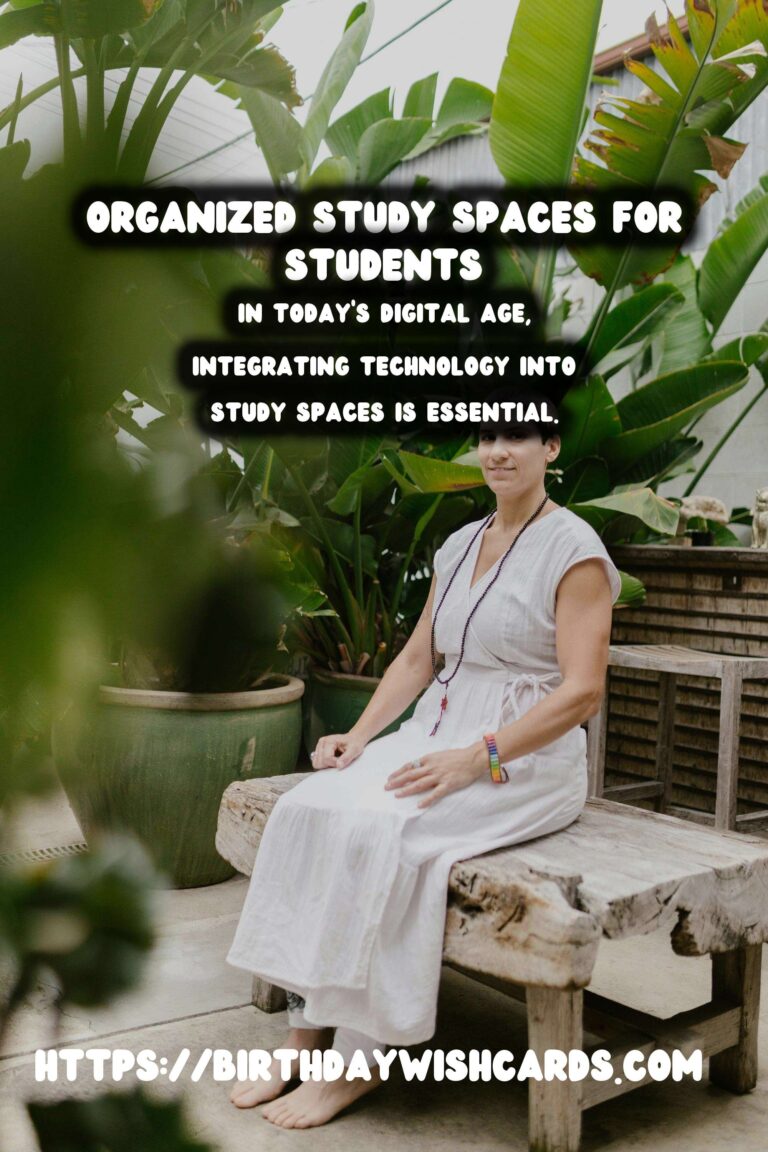
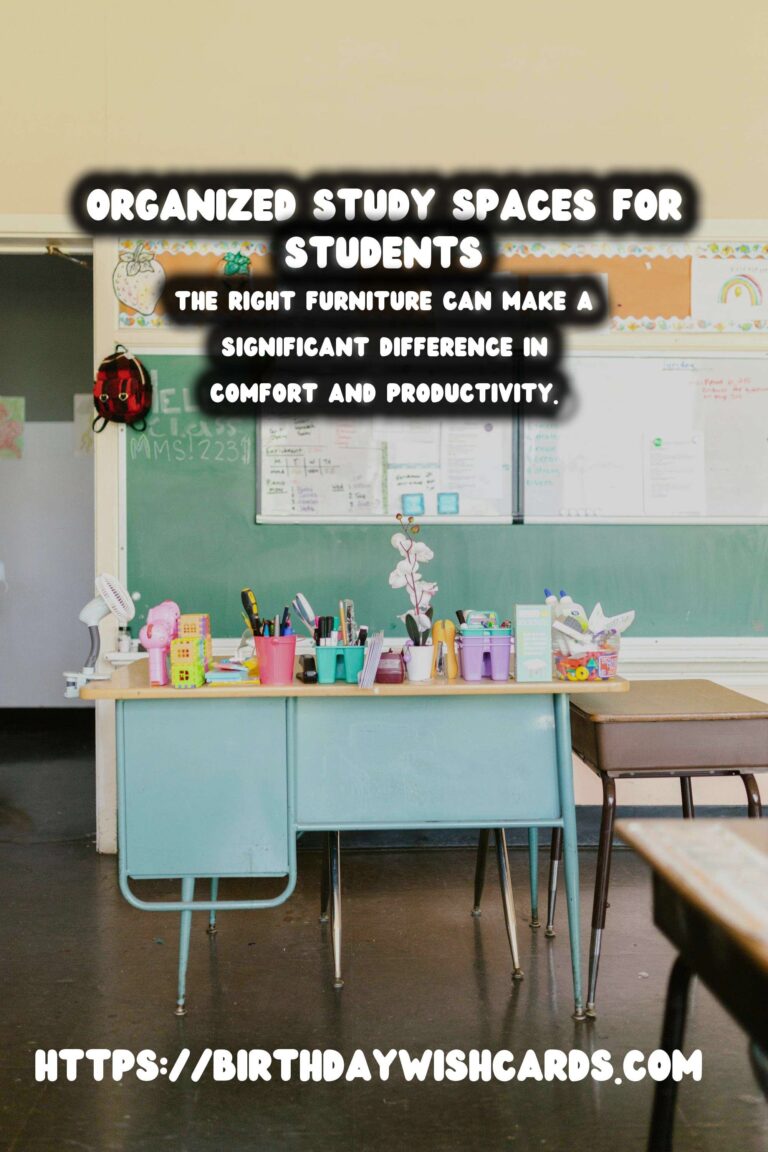


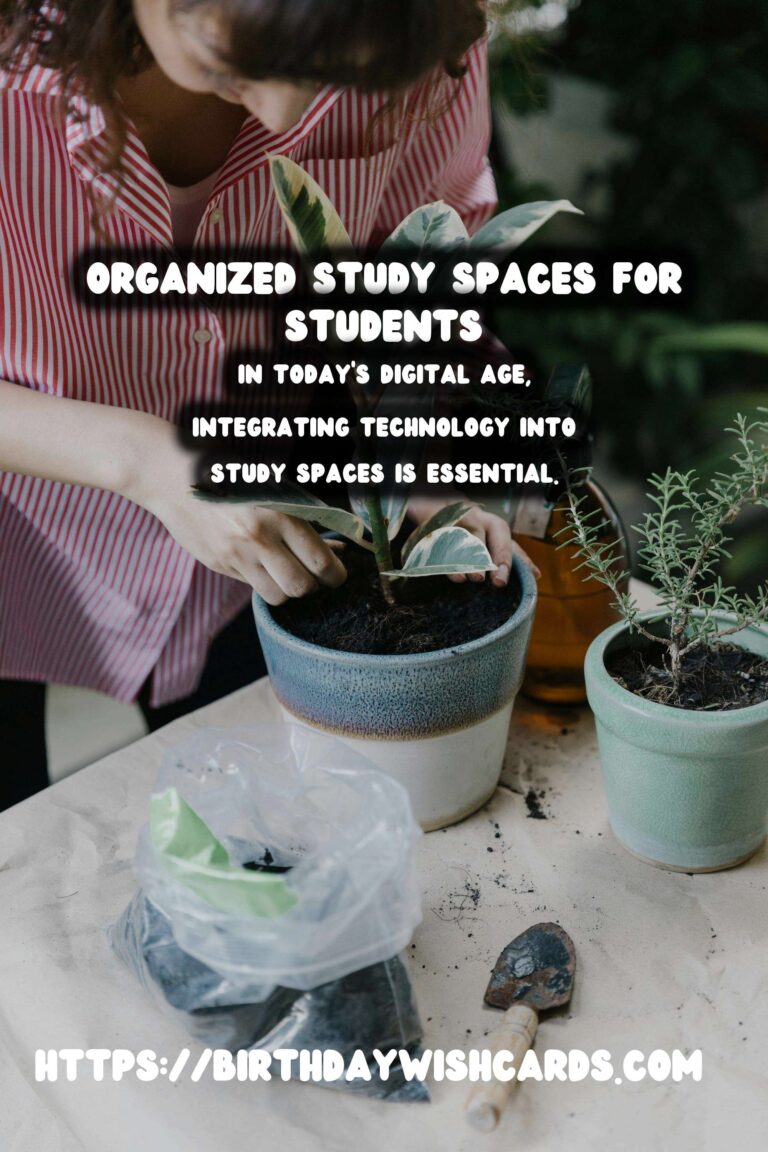
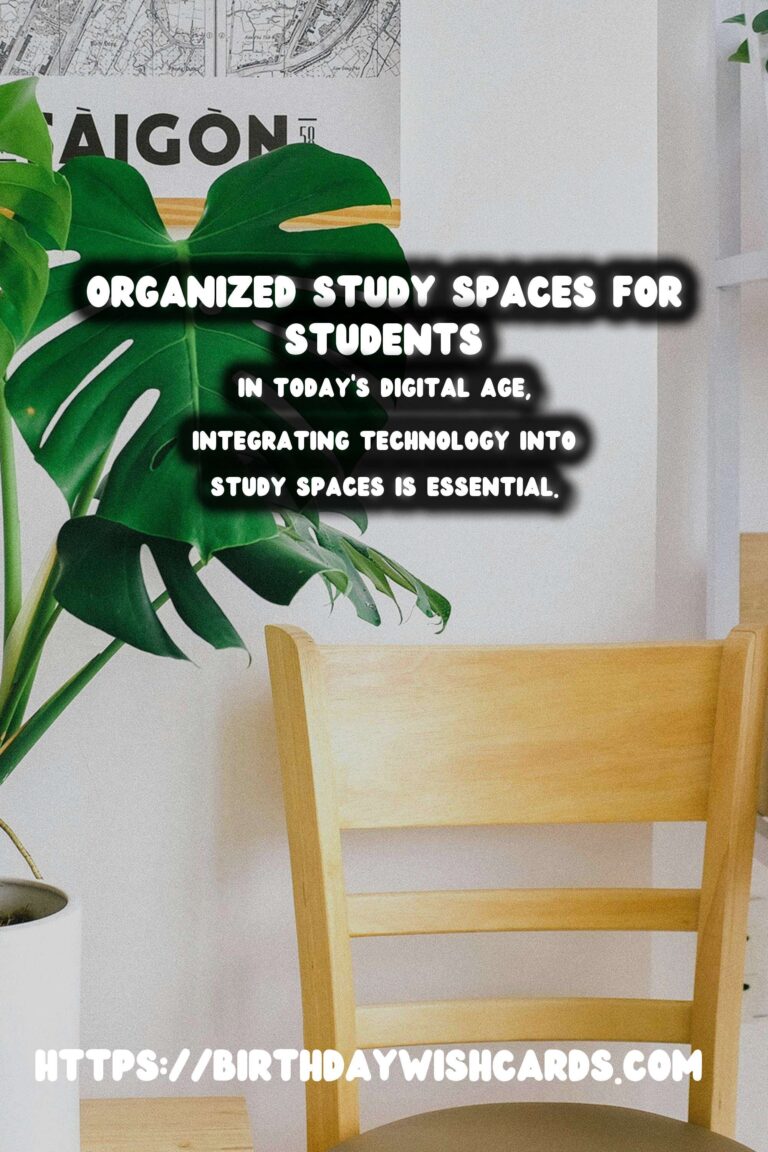
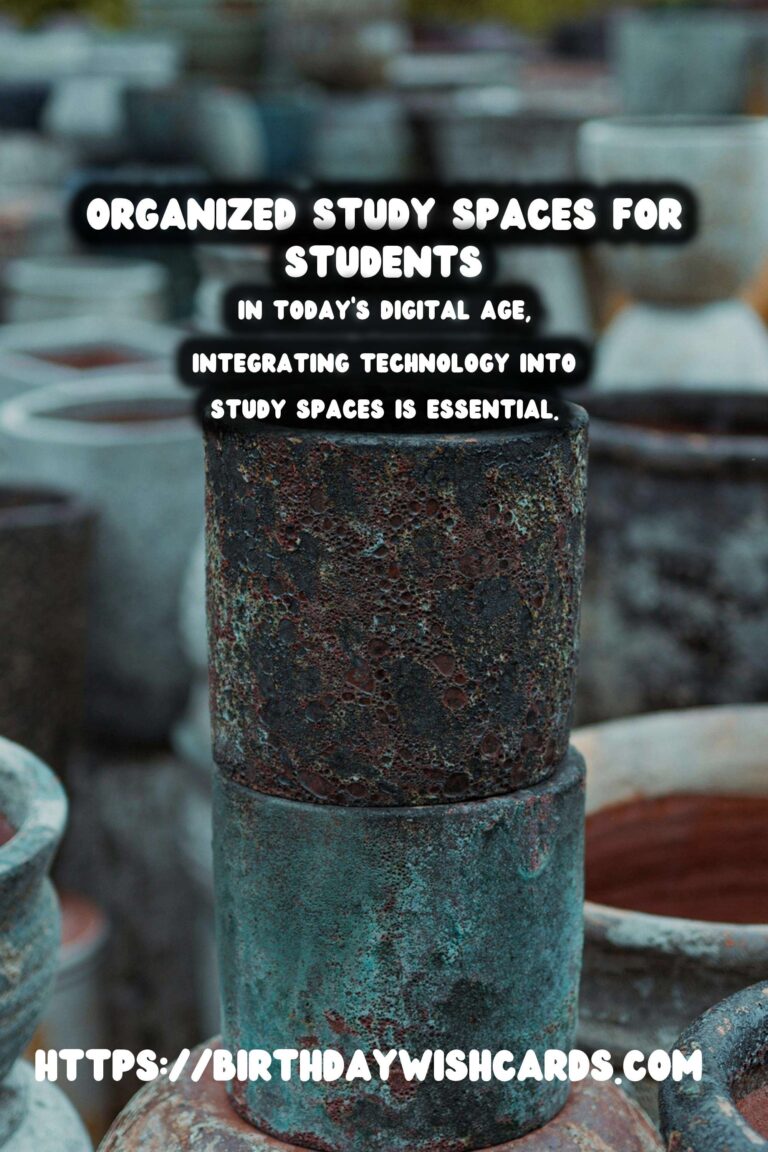


#StudySpaces #BackToSchool #OrganizedLiving #HomeDecor #Productivity




